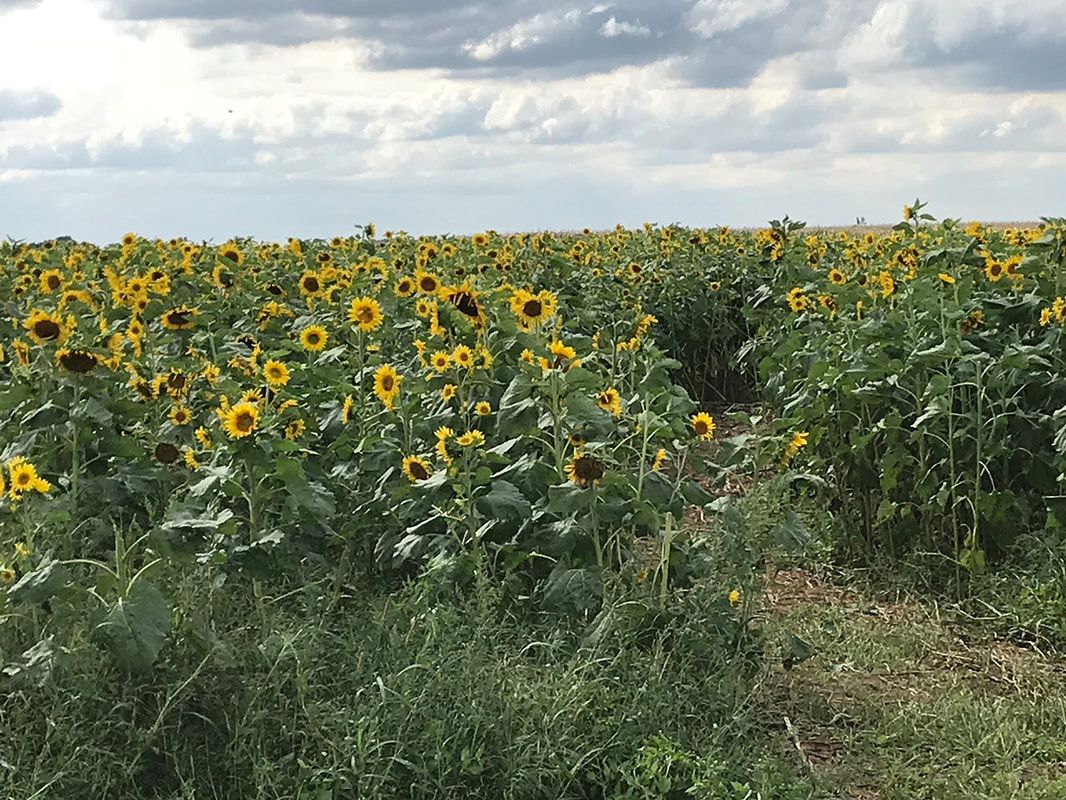 Sunflowers are a good choice for garden planting. Photo by author Sunflowers are a good choice for garden planting. Photo by author Every spring and summer we all spend a good deal of money buying and planting flowers to beautify our yards and gardens. But there is a way to circumvent this annual expenditure by planting native plants. Native plants, as defined by the Pennsylvania Native Plant Society, are ones that occur naturally in a particular region, ecosystem or habitat without direct or indirect human intervention. Some may think they’re mainly weeds. But they’re not. Also called indigenous plants, native plants have evolved over thousands of years in a particular region. They’ve adapted to the geography, hydrology and climate in a region. They’ve evolved together with other plants, animals and microorganisms. And many have English and European origins. Native plants are easier to grow, require less maintenance (like watering), and are less susceptible to challenging conditions than non-native plants. Over the years I spent three figures on Azaleas. I started with two orange ones and they lasted one season. Then went to red. They lasted two seasons. Then switched to white for one season. And that’s after buying pine bark mulch and gathering pine needles to add to the ground to make it more acidic as advised on websites and in books. But to no avail. They all died. And we love azaleas. As such, native plants make sense. They are generally hearty plants that require little to no maintenance. They also save time, money and offer year-round beauty, attract native wildlife like butterflies, songbirds, hummingbirds and bees. And if a patch of native plants are in a meadow on your property, they may only require mowing once a year compared to a lawn that must be mowed weekly. Native plants also offer a source of food, cover or shelter for wildlife. For example, and according to Millersville Native Plants, the Viburnum species, that are native to Eastern Pennsylvania, produce berries in autumn that are a popular food for a variety of birds. And berries are just the right size for consumption by native birds in the region. Plus, they offer a beautiful contrast to the foliage in a yard or a vase on a table. At this point you may be thinking “How do I know which species of plants are native?” Millersville says this can be a challenge because many landscapes in the Lehigh Valley and America have been altered through human intervention for hundreds or thousands of years (by Native Americans and later by European settlers). Best bet is to call or visit local nurseries such as Edge of the Woods Native Plants on Route 100 in Orefield, or contact the Pennsylvania Native Plant Society. So next spring, consider natives instead of commercials.
0 Comments
Leave a Reply. |
AuthorNick Hromiak has been an outdoors and automotive writer for over 30 years. He's been published in numerous national and state-wide outdoor magazines and newspapers.
|
Proudly powered by Weebly
 RSS Feed
RSS Feed